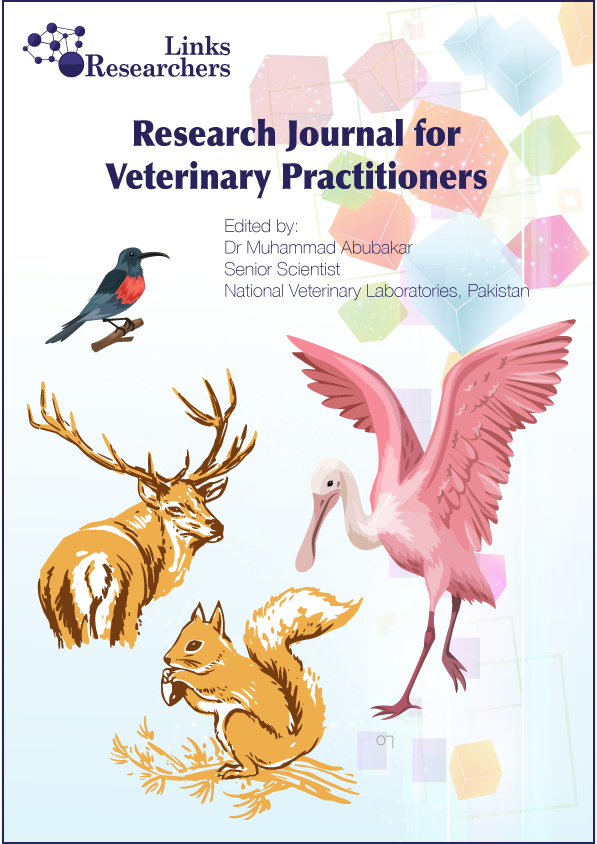Buffalo Pox Transmission Dynamics: Understanding the Interplay between Buffaloes, Humans, and Vectors
Buffalo Pox Transmission Dynamics: Understanding the Interplay between Buffaloes, Humans, and Vectors
Abdul Kabir1*, Anees Ur Rahman2, Inzamam Ali Shah2, Ibad ur Rahman2
ABSTRACT
Buffalopox is a contagious viral zoonosis that affects buffaloes, cows, and humans. It is caused by buffalopox virus (BPXV), a member of the genus Orthopoxvirus and a close variant of vaccinia virus (VACV). Buffalopox was first reported in India in 1934 and has since become an emerging and re-emerging disease in the Indian subcontinent and other countries. The disease is characterized by pock lesions on the skin and mucous membranes of the affected animals and humans, with complications such as mastitis, secondary infections, and reduced milk production. Buffalopox is transmitted through direct contact with infected animals or their secretions, or through fomites. The disease poses a serious threat to the livestock industry and public health, especially in the absence of smallpox vaccination. This review summarizes the current knowledge on the epidemiology, transmission dynamics, clinical features, diagnosis, prevention, and control of buffalopox, with emphasis on the interplay between buffaloes, humans, and vectors. The review also highlights the gaps in research and the need for improved surveillance, molecular characterization, and vaccine development for buffalopox.
To share on other social networks, click on any share button. What are these?





